Growing Figs in Containers might seem like a challenge reserved for seasoned gardeners with sprawling orchards, but I’m here to tell you it’s totally achievable, even if you’re working with a small balcony or patio! Have you ever dreamed of plucking a sun-ripened fig, still warm from the sun, and enjoying its sweet, honeyed flavor right from your own backyard (or balcony)? Well, stop dreaming and start doing! This DIY guide will unlock the secrets to successfully cultivating these delicious fruits in pots, no matter your experience level.
Figs have a rich history, dating back to ancient civilizations. They were revered in ancient Greece and Rome, symbolizing prosperity and peace. For centuries, they’ve been a staple food and a cherished treat. But you don’t need an ancient Roman villa to enjoy them.
Many people are intimidated by the idea of growing fruit trees, especially in limited spaces. They think it requires vast amounts of land and specialized knowledge. But that’s simply not true! Growing Figs in Containers is a fantastic way to enjoy fresh, homegrown figs without the commitment of planting a tree in the ground. Plus, container gardening offers flexibility – you can move your fig tree to the sunniest spot, protect it from harsh weather, and even bring it indoors during the winter in colder climates. I’m going to show you how to overcome common challenges and enjoy a bountiful harvest of delicious figs, all from the comfort of your own container garden. So, let’s get started and transform your space into a fig-filled paradise!
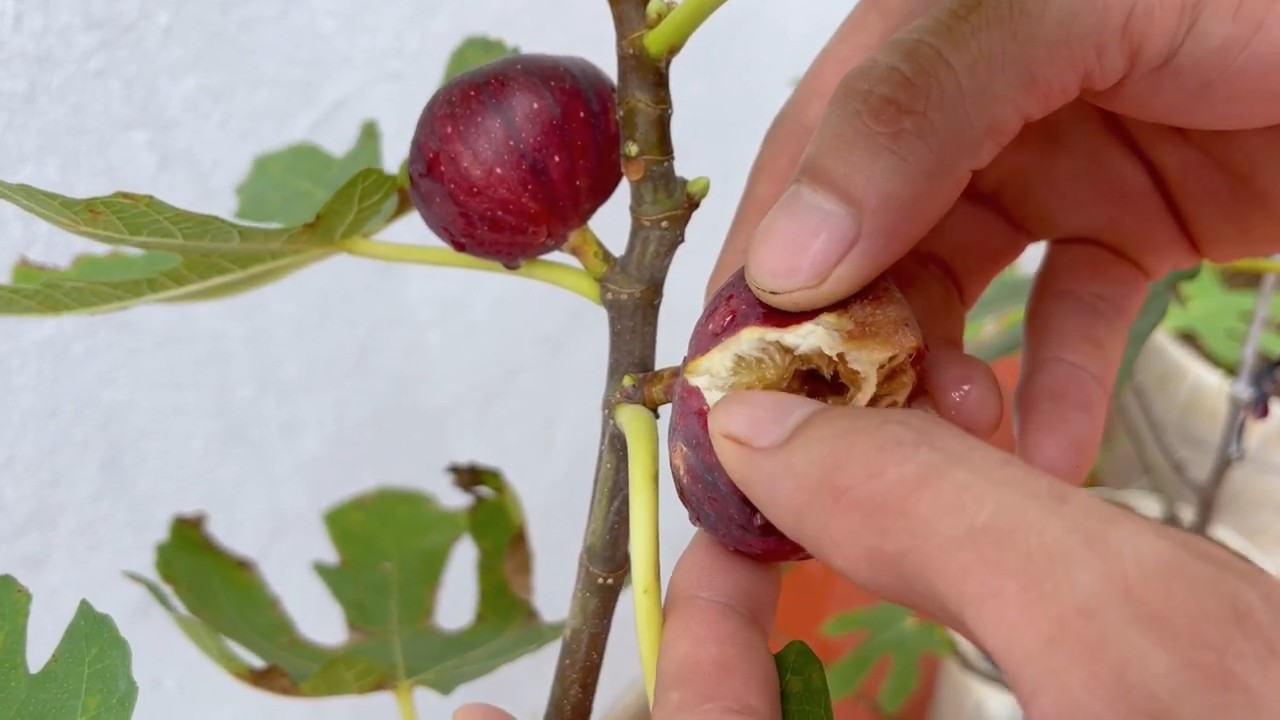
Growing Figs in a Pot: Your DIY Guide for a Bountiful Harvest
Hey fig fans! Do you also have a weakness for these sweet, juicy fruits? I love them! But not everyone has a garden where a fig tree can thrive magnificently. Don’t worry, because I’m going to show you how you can easily grow figs in a pot. It’s easier than you think, and with a little love and patience, you’ll soon be harvesting your own delicious figs. Let’s get started!
What you need: The Materials List
Before we begin, here is a list of everything you’ll need for your potted fig project:
- A suitable pot: Choose a large pot with good drainage. A diameter of at least 45 cm (18 inches) and a depth of 45 cm are ideal to start with. Remember that you might need to repot the tree later, so plan ahead!
- High-quality potting soil: Use a well-draining, nutrient-rich potting soil. I like to mix potting soil with some compost and perlite to improve drainage.
- Fig tree sapling: Get a healthy fig tree sapling. Make sure it has strong leaves and no signs of diseases or pests. Local nurseries are often a good place to find regional varieties that are better adapted to your climate.
- Drainage material: Clay shards, gravel, or expanded clay help to prevent waterlogging.
- Pruning shears: For pruning.
- Watering can: For watering.
- Fertilizer: A slow-release fertilizer or a liquid fertilizer specifically for fruit trees.
- Mulch: Bark mulch or straw helps to retain moisture in the soil and suppress weeds.
- Optional: A trellis or support stake if your fig tree is prone to tipping over.
Step-by-Step Guide: How to Plant Your Fig Tree
- Prepare the pot: First, let’s take care of the pot. Place a layer of drainage material (clay shards, gravel, or expanded clay) at the bottom of the pot. This is super important so that water can drain well and the roots don’t rot.
- Fill with soil: Fill the pot with the potting soil. Leave about 5-10 cm (2-4 inches) of space at the top.
- Place the fig tree: Carefully remove the fig tree sapling from its nursery pot. Loosen the roots a bit if they are tightly bound. Place the sapling in the center of the pot. The top of the root ball should be roughly level with the soil surface.
- Fill with soil: Fill the rest of the pot with soil and press it down lightly. Make sure the tree is stable.
- Water thoroughly: Water the fig tree thoroughly until water runs out of the drainage holes. This helps to settle the soil and moisten the roots.
- Mulch: Spread a layer of mulch (bark mulch or straw) around the trunk of the fig tree. This helps to retain moisture in the soil and suppress weeds.
The Right Care: Keeping Your Fig Tree Happy
Proper care is crucial for a bountiful harvest. Here are a few tips you should follow:
- Location: Fig trees love the sun! Place your pot in a sunny location where the tree will get at least 6-8 hours of sun per day. A south-facing balcony or terrace is ideal.
- Watering: Water your fig tree regularly, especially during the growing season (spring and summer). The soil should always be slightly moist, but not wet. Avoid waterlogging, as this can lead to root rot. In winter, when the tree is dormant, reduce watering.
- Fertilizing: During the growing season, fertilize your fig tree every 2-4 weeks with a liquid fertilizer specifically for fruit trees. Alternatively, you can work a slow-release fertilizer into the soil in the spring.
- Pruning: Regular pruning promotes growth and fruit production. In late winter or early spring, cut off any dead, diseased, or crossing branches. Also, remove any suckers (shoots growing directly from the ground).
- Overwintering: Fig trees are not frost-hardy. In colder regions, you must bring your fig tree to a frost-free location for the winter. A cool basement, a garage, or an unheated conservatory are suitable. Water the tree only sparingly during overwintering.
- Protection from pests and diseases: Regularly check your fig tree for pests and diseases. Aphids, spider mites, and fig rust can cause problems. If necessary, you can use organic pesticides or fungicides.
Repotting: When the Pot Gets too Small
Eventually, the pot will become too small for your fig tree. You’ll recognize this when the roots start growing out of the drainage holes or the tree’s growth slows down. Then it’s time to repot.
- Choose a larger pot: Select a pot that is about 5-10 cm (2-4 inches) larger in diameter than the old one.
- Prepare the new pot: Place a layer of drainage material at the bottom of the new pot and fill it with fresh potting soil.
- Remove the fig tree from the old pot: Carefully loosen the root ball from the edge of the old pot. You can gently tap the pot on the ground or run a knife along the edge.
- Move the fig tree: Place the fig tree in the center of the new pot. Fill the pot with soil and press it down lightly.
- Water thoroughly: Water the fig tree thoroughly.
Variety Recommendations: Which Fig Variety is Right for You?
There are countless fig varieties, but not all are suitable for pot cultivation. Here are a few varieties I can recommend:
- ‘Brown Turkey’: A robust and productive variety that also thrives in cooler regions. The fruits are medium-sized, brownish-purple, and have sweet, aromatic flesh.
- ‘Black Mission’: A popular variety with dark, almost black fruits and a rich, sweet taste. It is relatively easy to care for and is well-suited for pot cultivation.
- ‘Celeste’: An early-ripening variety with small, brownish-purple fruits and a honey-sweet taste. It is particularly good for regions with short summers.
- ‘Little Miss Figgy’: A dwarf fig variety that is ideal for small balconies and terraces. It produces an abundance of small, sweet fruits.
Common Problems and Solutions: What to Do When Something Goes Wrong?
Even when growing figs in a pot, problems can arise. Here are a few common problems and how you can solve them:
Pests: Aphids, spider mites, and other pests can infest your fig tree.
Leaf drop: Leaf drop can have various causes, such as too little water, too much water, too little light, or a nutrient deficiency. Check your care habits and adjust them if necessary.
No fruit: If your fig tree is not producing fruit, it could be due to too little sun, not enough fertilizer, or improper pruning. Make sure the tree gets enough sun, fertilize it regularly, and prune it correctly.
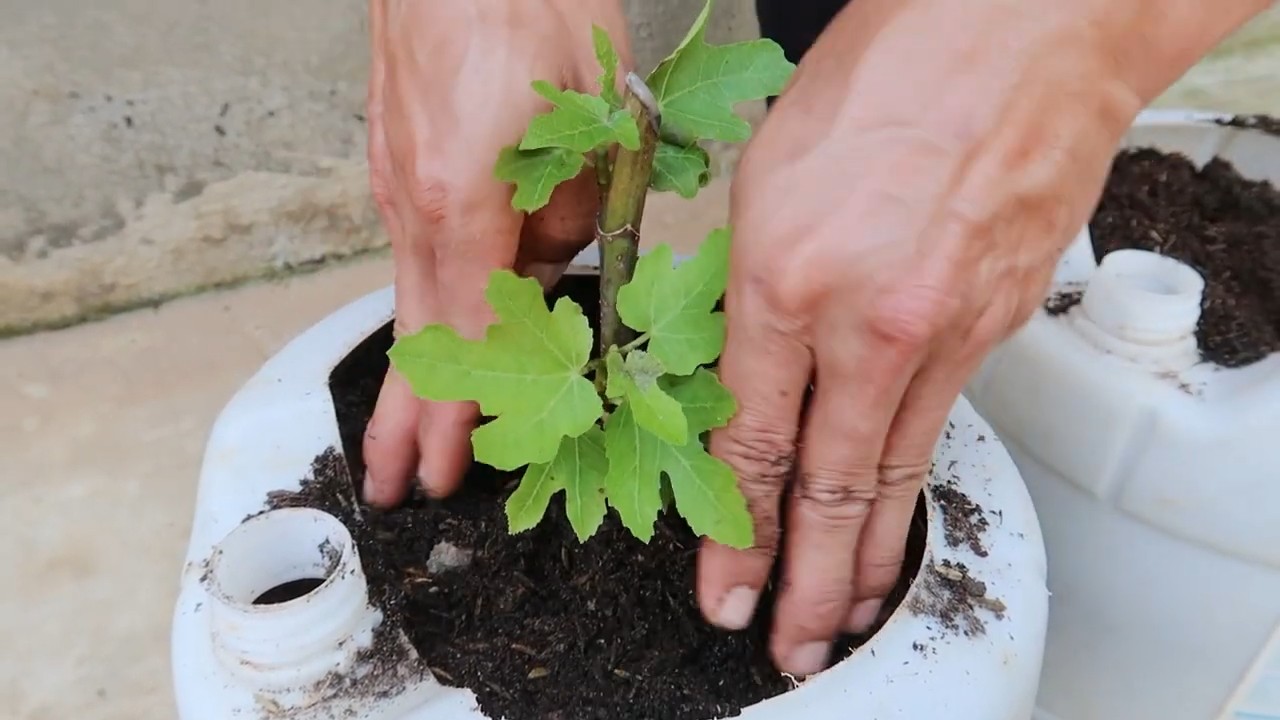
Conclusion
So, there you have it! Transforming your patio, balcony, or even a sunny corner of your garden into a thriving fig orchard is entirely within reach, thanks to the magic of container gardening. Growing figs in containers isn’t just a trend; it’s a practical solution for those of us who lack the space for sprawling fig trees or who live in climates where figs might not naturally flourish.
But why is this DIY trick a must-try? Let’s recap. First and foremost, it grants you complete control over the growing environment. You dictate the soil composition, ensuring optimal drainage and nutrient availability. You can easily move your fig tree to chase the sun or shelter it from harsh weather. And, perhaps most importantly, you get to experience the unparalleled joy of harvesting your own, sun-ripened figs, bursting with flavor that no store-bought fruit can ever match.
Beyond the core method, there’s ample room for personalization. Experiment with different fig varieties to discover your favorite flavor profile. Consider adding companion plants to your container to attract pollinators and deter pests. You can even train your fig tree into an espalier form for a stunning visual display. The possibilities are truly endless!
Don’t be intimidated by the prospect of growing figs in containers. It’s a rewarding and surprisingly straightforward process. With a little planning, the right materials, and a touch of patience, you’ll be enjoying fresh figs in no time.
We wholeheartedly encourage you to give this DIY trick a try. Embrace the challenge, learn from your experiences, and most importantly, have fun! And once you’ve tasted the sweet success of your homegrown figs, we’d love to hear about it. Share your photos, tips, and stories in the comments below. Let’s build a community of container fig enthusiasts and inspire others to embark on this delicious journey. What variety did you choose? What challenges did you face? What tips did you discover along the way? Your insights could be invaluable to someone just starting out.
Growing figs in containers is more than just a gardening project; it’s an investment in fresh, healthy food, a connection to nature, and a source of immense satisfaction. So, grab your pots, soil, and fig tree, and let’s get growing!
Frequently Asked Questions (FAQ)
What is the best type of container for growing figs?
Choosing the right container is crucial for success. Opt for a pot that is at least 20-24 inches in diameter and depth to accommodate the fig tree’s root system. Terracotta pots are a popular choice because they allow for good drainage and airflow, but plastic pots are also suitable, especially if you live in a hot climate, as they retain moisture better. Make sure the container has adequate drainage holes to prevent waterlogging, which can lead to root rot. As your fig tree grows, you may need to repot it into a larger container every few years.
What type of soil is best for container-grown figs?
Figs thrive in well-draining soil that is rich in organic matter. A good potting mix for figs should consist of equal parts of high-quality potting soil, compost, and perlite or vermiculite. The potting soil provides essential nutrients, the compost adds organic matter and improves drainage, and the perlite or vermiculite enhances aeration and prevents compaction. Avoid using garden soil in containers, as it can become compacted and poorly drained.
How often should I water my container fig tree?
Watering frequency depends on several factors, including the size of the container, the climate, and the stage of growth. Generally, water your fig tree when the top inch of soil feels dry to the touch. During the growing season (spring and summer), you may need to water it every day or every other day, especially in hot, dry weather. In the fall and winter, when the tree is dormant, reduce watering to once every week or two. Always water thoroughly, until water drains out of the drainage holes. Avoid overwatering, as this can lead to root rot.
How much sunlight do fig trees need?
Fig trees need at least 6-8 hours of direct sunlight per day to thrive. Choose a location for your container fig tree that receives plenty of sunlight throughout the day. If you live in a hot climate, you may need to provide some afternoon shade to protect the tree from scorching. If you are growing your fig tree indoors, place it near a sunny window or supplement with grow lights.
How do I fertilize my container fig tree?
Fig trees are heavy feeders and benefit from regular fertilization. During the growing season, fertilize your fig tree every 4-6 weeks with a balanced fertilizer, such as a 10-10-10 or 20-20-20 formula. Follow the instructions on the fertilizer package for application rates. You can also use organic fertilizers, such as compost tea or fish emulsion. Avoid fertilizing during the dormant season.
How do I prune my container fig tree?
Pruning is essential for maintaining the shape and size of your container fig tree and for promoting fruit production. Prune your fig tree in late winter or early spring, before new growth begins. Remove any dead, damaged, or crossing branches. Thin out the canopy to improve air circulation and sunlight penetration. You can also prune back the tips of branches to encourage branching and fruit production.
How do I protect my container fig tree from pests and diseases?
Container-grown fig trees are generally less susceptible to pests and diseases than those grown in the ground. However, they can still be affected by common fig pests, such as spider mites, aphids, and scale. Inspect your fig tree regularly for signs of pests and diseases. If you find any, treat them promptly with insecticidal soap or neem oil. To prevent diseases, ensure good air circulation and avoid overwatering.
Can I move my container fig tree indoors for the winter?
If you live in a climate with cold winters, you will need to protect your container fig tree from freezing temperatures. One option is to move the tree indoors to a cool, dark location, such as a garage or basement. Water sparingly during the winter months, just enough to keep the soil from drying out completely. Another option is to wrap the container with burlap or insulation to protect the roots from freezing. You can also move the tree to a sheltered location, such as against a south-facing wall.
What are some popular fig varieties for container growing?
Several fig varieties are well-suited for container growing, including ‘Brown Turkey,’ ‘Black Mission,’ ‘Celeste,’ and ‘Little Miss Figgy.’ These varieties are relatively compact and produce good-quality fruit. When choosing a fig variety, consider your climate and personal preferences. Some varieties are more cold-hardy than others, and some produce sweeter or more flavorful fruit.
How long does it take for a container fig tree to produce fruit?
The time it takes for a container fig tree to produce fruit depends on the variety, the age of the tree, and the growing conditions. Some fig varieties, such as ‘Brown Turkey,’ can produce fruit in their first year, while others may take several years. To encourage fruit production, provide your fig tree with plenty of sunlight, water, and fertilizer. Prune the tree regularly to promote branching and fruit development. With proper care, you can expect your container fig tree to produce a bountiful harvest of delicious figs for many years to come.

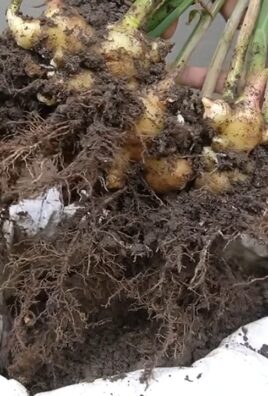
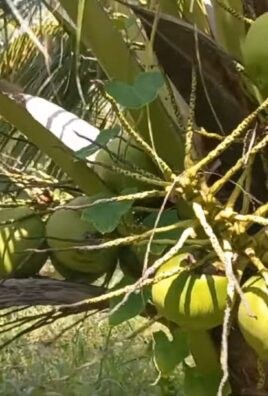
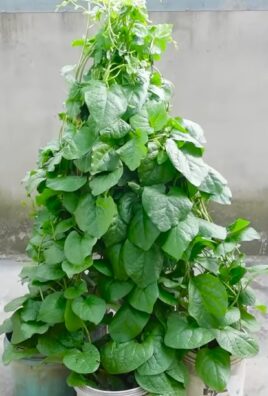
Leave a Comment